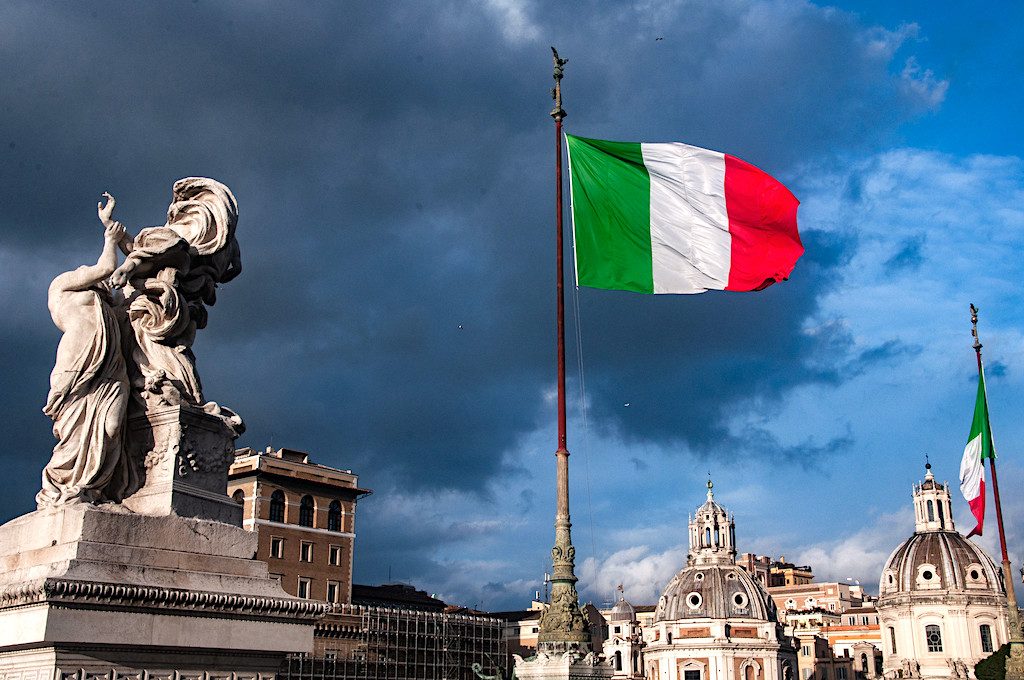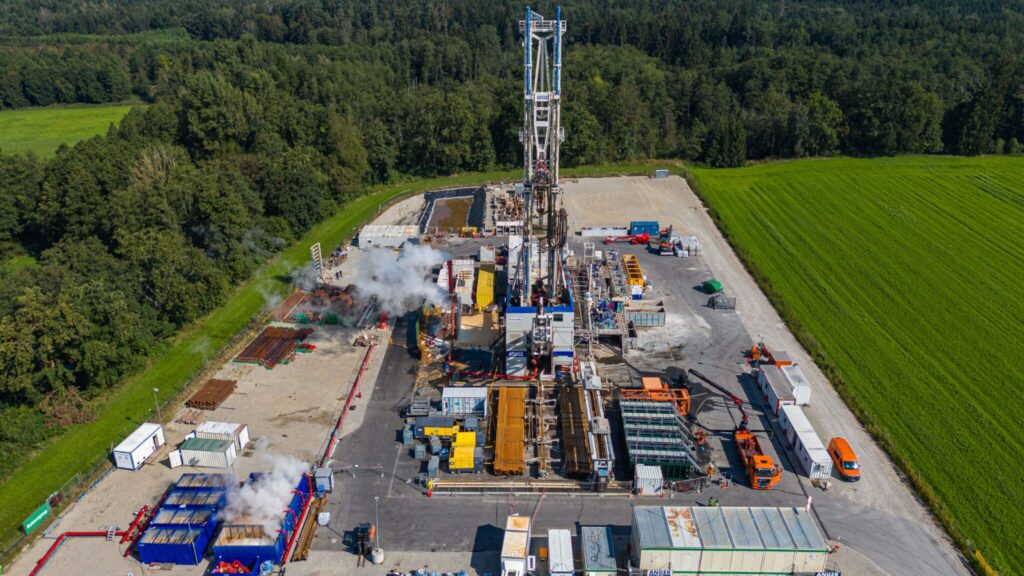EGEC on the state of affairs for geothermal in Italy
Energy Disrupter
In this interview for Greenreport, EGEC comments on the current status of geothermal energy utilisation in Italy and what is holding back development.
An article by Italian publication Greenreport is looking at the status of geothermal energy in Italy and what is holding back development in an interview with Philippe Dumas, Executive Director of the European Geothermal Energy Council (EGEC).
Dumas: “Greater awareness based on scientific data, a widespread communication campaign and more active public participation could certainly be beneficial”
The new Geothermal market report 2020 published by EGEC shows how the year of the pandemic was complicated to deal with also for European geothermal energy, albeit after years of robust growth; the Italian sector, on the other hand, seems to have been in greater difficulty for some time. How to get out? We asked the EGEC Secretary General – the European Council for Geothermal Energy – directly, Philippe Dumas.
How do you assess the evolution of the national market in terms of electricity over the last decade?
“After Turkey, Italy continues to be the largest producer of geothermal electricity, with 916 MWe of installed capacity which corresponds to 6 TWh of geothermal electricity produced. The potential in Italy is significant, but growth over the last decade has been very slow. Although the Italian geothermal industry has several projects in the pipeline that could double the number of plants in the area, the framework of permits and certifications has left these projects in limbo for almost a decade.”
As for the heating and cooling sector, what was the trend of the Italian market during 2020?
“Italy ranks fifth in terms of the number of heating and cooling district projects in Europe, with about 25 projects already operational (corresponding to 0.2 TWh) and 16 planned. However, we are witnessing the emergence of new markets (Poland for example) which are planning a large number of projects and could overtake Italy in a short time. In general, across Europe it is possible to observe a trend towards greater use of heating and cooling infrastructures from renewable sources driven by local authorities. It would therefore be desirable to invest more in this clean and renewable resource.
Furthermore, geothermal energy is increasingly used in the supply of heat for industrial processes or in the agro-food sector. Here too, Italy represents a very interesting example. As early as 2009, the Renewable Energy Food Community (Ccer) was born in Tuscany, thanks to an agreement between Slow Food and CoSviG (Consortium for the development of geothermal areas), a publicly owned entity that has been promoting development initiatives for years sustainable development of geothermal territories and of the entire Region. The Ccer brings together local companies in the food sector, which use exclusively renewable energy for their production: the products are the most varied, ranging from vegetables, cereals and pizza, to olive oil, wine and beer.
Geothermal heat pumps, on the other hand, have not been able to spread widely, despite the fact that they prove to be one of the cleanest, most efficient and economical technologies in the long term. Not even the Superbonus, which offers 110% tax deduction for renovations or the Ecobonus, which offers a 65% tax deduction on heat pumps, have so far managed to reverse the trend.
What do you think are the main obstacles to overcome in order to restore vigor to the Italian geothermal (electrical and thermal) sector?
“The EGEC market report has repeatedly stressed how an inadequate regulatory framework – for example that does not provide adequate support or incentives, or that favors fossil fuels among domestic heating and cooling systems – can have a particularly negative impact on geothermal energy, which still needs support to reach full commercial maturity. Furthermore, the high economic risks associated with mapping and drilling campaigns for geothermal reservoirs make deep geothermal projects (for electricity and heat districts) particularly expensive. Industry operators should be able to benefit from dedicated insurance schemes, which are currently being studied by European research projects such as Georisk.
As we have seen, all the authorization and licensing procedures should also be greatly streamlined, in order to safeguard the sustainability of the territory, without strangling the viability and implementation of projects that would have highly positive repercussions for local communities.”
From the point of view of the development of local communities supported by geothermal energy, on the other hand, the Tuscan model that sees the CoSviG as a central pivot seems to receive appreciation from Iceland to Turkey. Do you think this is an experience that can also be an example in other contexts?
“Of course. Throughout Europe we see the flourishing of initiatives starting from local authorities. And this also depends on the fact that geothermal projects are closely linked to the territory, to which they can bring enormous benefits in terms of local development and clean energy among other things – as the Tuscan example demonstrates.”
An inadequate political context to support geothermal energy seems to emerge from the EGEC report, and in this regard you speak of “unrecognized potential” and “insufficient awareness”. Do you believe that greater investments in quality environmental information and communication could contribute to the sustainable development of this renewable source?
“Certainly in Italy there is a certain diffidence towards projects that, to some extent, alter the territory. And unfortunately, this mistrust is sometimes supported (or even created) by misinformation that in some cases seems almost intentional. I am referring in particular to some committees against geothermal energy in Tuscany, which continue to use old information and outdated by scientific data that today instead highlight the sustainability of geothermal according to all environmental indicators (air quality, land use and water resources to mention just a few). From this point of view, the work done by the European research project Geoenvi, just concluded, is fundamental. Greater awareness, based on scientific data and decades of experience, a widespread communication campaign, and more active public participation could certainly benefit the expansion of geothermal energy. And they could finally lead the citizens to say “Yes, in my backyard” (Yes, in my backyard, ed).”
Source: Greenreport
















